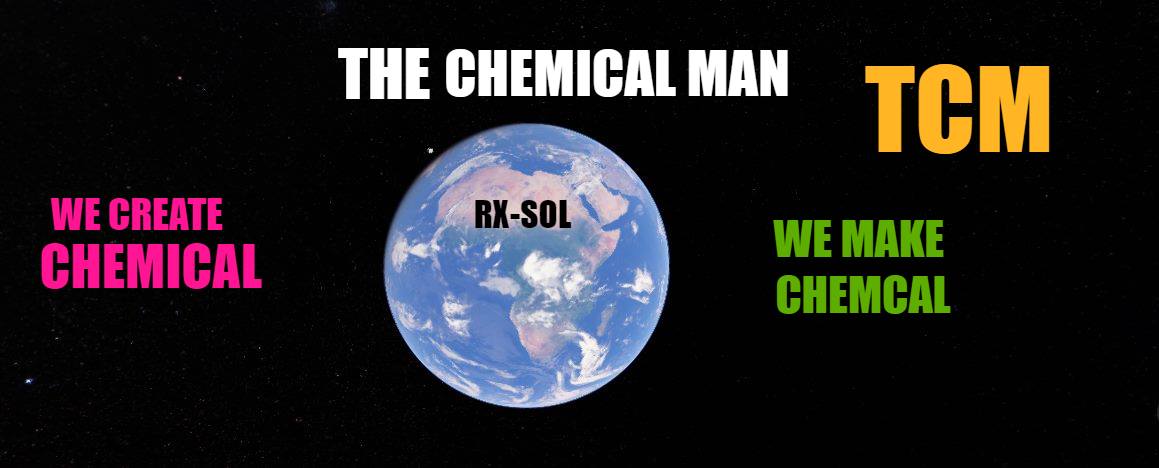Everything Is Chemical | The Chemical Man
Everything you can breathe, see, ingest or touch is made up of chemicals. All matter, including us, is made of chemicals. Chemistry is the study of the composition, structure, properties and reactions of matter.
Chemicals
Matter (anything made of atoms) can also be called a chemical. So if atoms are LEGO blocks, chemicals are the structures you can build with them. They can be in any form – liquid, solid or gas. Chemicals can be a pure substance or a mixture. For example, water (H2O) is a chemical.
It’s a pure chemical because it is homogeneous – pure water is the same throughout its structure. It is made up of the same molecules (H2O), each having the same combination and structure of atoms – the same ratio of hydrogen to oxygen, bonded in the same way. Other commonly found chemical substances in pure form are diamond (carbongold, table salt (sodium chloride) and refined sugar (sucrose).
We may think that a chemical substance is pure when in fact it is a combination of chemicals. For example, water may contain small amounts of dissolved sodium chloride and compounds containing iron, calcium and many other chemical substances.
Elements
An element is a chemical substance that is made up of only one type of atom. It cannot be broken down or transformed into a different element (though it may be transmutated into another element through a nuclear reaction). The elements are represented in the periodic table of elements.
Mixtures
Often, elements and compounds are found in mixtures. A mixture is a combination of two or more substances in which each substance retains its identity. Generally, they can be separated out into the component substances. Soil and air are common examples of mixtures.
Naming chemicals
Every chemical substance has one or more systematic name, usually named according to rules set out by the International Union of Pure and Applied Chemistry (IUPAC). This federation represents chemists in individual countries. It is important that all countries recognise a chemical by the same name.
Many compounds are also known by their more common, simpler names, many of which pre-date the systematic name. For example, glucose (sugar) is now systematically named 6-(hydroxymethyl)oxane-2,3,4,5-tetrol.
Manufactured verses natural chemicals
Manufactured chemicals are ones that have been made by people. They are often called synthetic chemicals. Natural chemicals are ones that are found in nature (produced by plants and animals). Some people think there is a fundamental difference between manufactured chemicals and natural ones. Actually, if a chemical is found in nature and the same chemical is manufactured, there is no difference between them. For example, vitamin C from fruit is exactly the same as synthetically made vitamin C.


Leave a comment